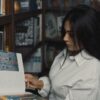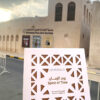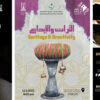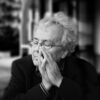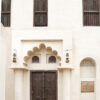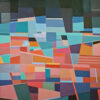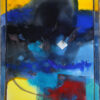On paper, we write down our names, stories, and dreams. We go on leaving a mark of our making. On paper, there are secrets and drawings that encompass us, and on which we weave our own reality and patch our imagination, building up our legends. On paper, we draw the lines out of the crowdedness of turbulence within our inner selves, and all that is happening around us. Like that, the exhibition of artist Patricia is a world made out of paper, where our souls are purified the moment we enter the display area, and we came to realize that we’re in a world of transformation, much like the world of the unconscious mind, a white one but baffled with a heritage of culture, and a reservoir of civilization, and an ideology that transforms all that our memory gathered, but often does not correspond to reality.
Paper has significance in our lives, who does not need paper? Paper was so largely used until it became its own art. This brings to mind the Japanese art of Origami, the art of paper folding, and transforming it into paper models. Artist Patricia Millns has realized this positive effect of paper, and in practice, she found that this art has the ability to break the tension and generate positive energy, hence her persistence to use it. She managed, with her high artistic sense and her creativity, to transform it from a small world that contains our ideas, creations, and omens, into a huge world that could encompass us and take us under its care. The artist was able to build a world out of paper, at Maraya art center (curated by Dr. Nina Heydemen) a world that is rich and full of cultural and human symbols, even with the minimalistic and monocolored nature, the white color of the paper has so many symbols to show and so many words to say.
Artist Patricia Millns inspires her visual language out of her own creations, and what she acquired in her art practice. The aesthetics and experiments she made have resulted in an artistic and intellectual vision ranging between artistic practice and theorizing. She states the impact of the “Ma” Japanese concept (meaning an interval, a time-out, or space), which is all about the time or place and filling the space with meaning, and becoming a voice for silence. For her, the emptiness or space in her artwork is equal in importance to the artwork itself, she adds that she wants the viewer in her exhibition “Space Between” to feel those time intervals and experience their existence.
Patricia relies on using paper in producing her artworks. She usually decides to disassemble it and weave it to create a self-standing artwork. She also uses daily consumable items and recycles them such as teabags, coffee filters, and napkins… Her artworks have a feminine vibe, for example, knitting is a traditional craft for women who work at their homes. She also tends to focus more on the molding and production of her artwork, more than coloring, she’s also more inclined toward assembling and experimenting. In her artworks, she celebrates the woman as a symbol of hospitality, at home and in society, and as a symbol inside the exhibition, her presence overpowers everything else.
Patricia tries to narrate stories through her artworks, using disassembled paper and then hand-tailored. She invites us to decode the symbols and elements of her artwork, and she deliberately tries to refer the signifier to another signified, and the result is a collection of artworks that are full of symbolism, meanings, and philosophical significations.
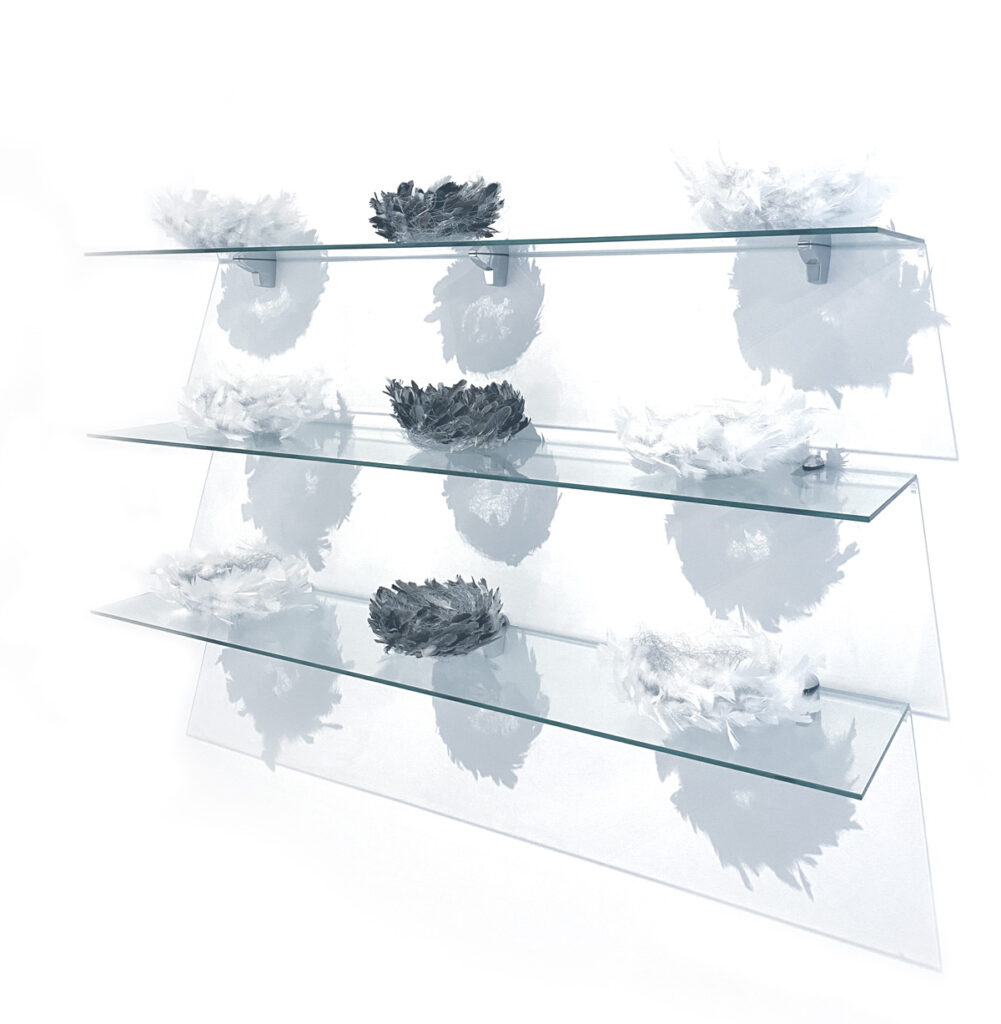
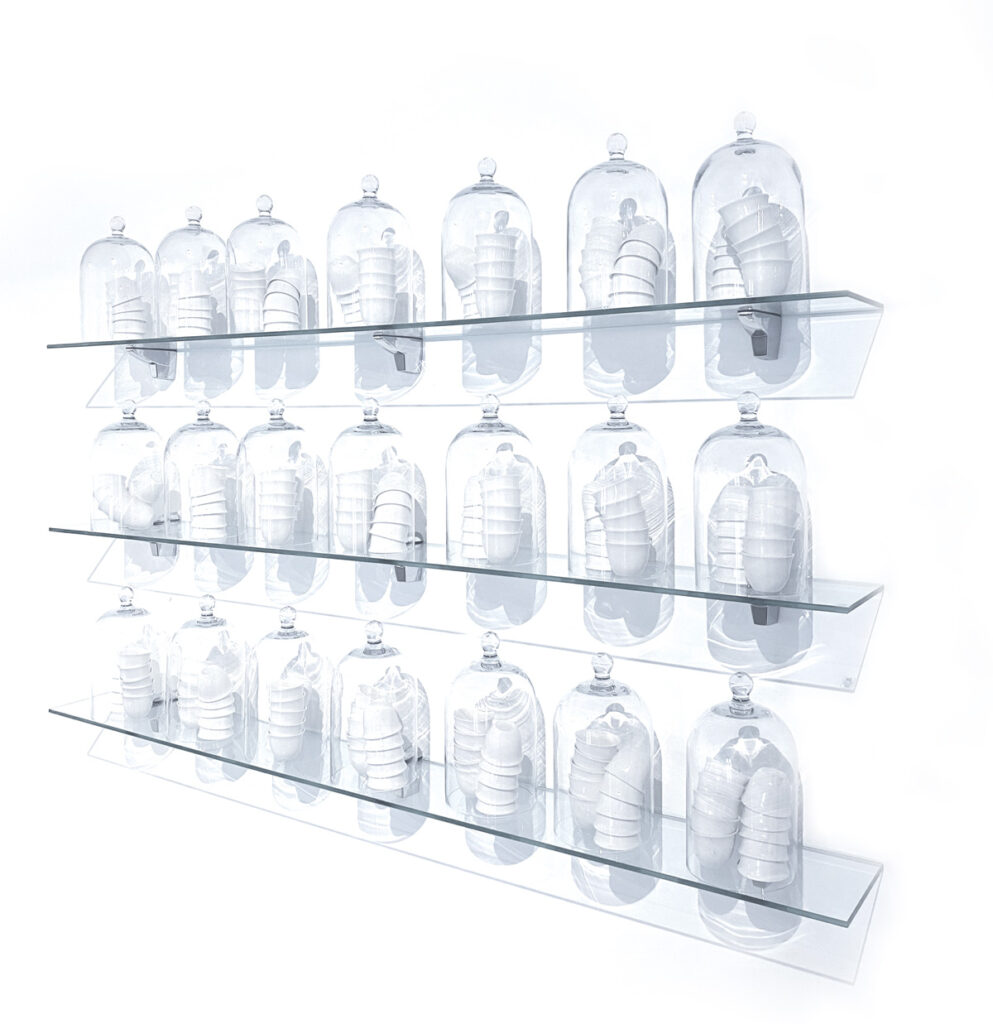
Her artworks revolve around the woman, and her important role in society. We find an overpowering “feminism” in her pieces, along with an art whose vocabularies are exclusively about house chores for a housewife. For Patricia, these skills could serve the art, for her, those are not just craft pieces, but independent art in its own right.



The Collective Identity and the Chain of Hospitality
Patricia’s artworks mainly revolve around social concepts, among which are hospitality and its rituals from a cultural heritage point of view.
So, since the civilization of humans and their social nature obliges them to engage with others, Patricia tries to embody the values of difference, cultural diversity, and dialogue among cultures in her artworks, and linking them to a deconstructing intellectual space that is flexible and open, which is directly reflected in her visual artwork, thus enriching it with various symbolic formations.
On the premise of inclusion for the true unconditional nature of hospitality, the artist tries to convey, through her artworks, that hospitality concept could be passed from receiving someone to receiving from someone else, in a pattern of exchange and reciprocity, thus strengthening the coherence, social consistency, and sociability.
The “unconditional hospitality” or the “pure hospitality” for Jack Derrida is a “principle”, he says that we’re the irreducible proneness of the other’s coming. Hospitality is a widely spread practice since old ages, and it constitutes for many people, especially for Arabs, a commitment to provide help and sometimes shelter and support without waiting for reciprocity. Patricia sought, in her artwork, to create a new artistic language, liberated from all the preconceived rules of welcoming the visitor, who is an anonymous guest, unanticipated, and unknown, and who will get to experience and enjoy the joy of residing in Patricia’s world and language, and getting to know her world and have a dialogue with her. Patricia says: “A guest is a person who will be receiving the hospitality. I am that guest, and we’re all guests. We’re all invited to enter, visit, and participate. I would like to invite the guest to read the words and enter the spatial intervals between them.” The poems and writings of Jalal Al-Din Rumi are an inspiration for the artist, and in her artwork “The Guest”, she evokes the poem “The Guest House” by Jala Al-din Rumi:
This being human is a guest house.
Every morning a new arrival.
Be grateful for whoever comes,
because each has been sent as a guide from beyond.
Embroidering and Knitting for a Reality of Light
Patricia’s artworks fulfill many features and concepts of Islamic art, such as light. She also relies on geometric and embroidered elements in constructing some of her pieces. the recurrence of those embroidery elements embodies the element of multiplicity in Islamic arts, as in embroidery and the circle. A circle is a shape that symbolizes the continuous revolving so much like in Tawaf, Domes engineering, Sufi whirling, and others. Patricia emphasizes also her interest in rhythm, which is one of the most important features of Islamic arts, to stay away from stagnation, in addition to the features of frequency and recurrence in the embroidered structure… her artworks are unique for their clearance, balance, and movement, and they’re mostly abstract-themed, exactly like Islamic art, which tries to steer away from simulation and embodiment, and refuses to match reality. she tends to analyze the visual reality and turning it into an artistic reality that differs from the first in shape and in content, which means to reformulate it, by staying away from representing something in itself but rather representing the total and the whole.
Space Between
In her artwork “The Circle”, Patricia relies on the spiritual perspective that “rests on the eternal existence”, this manifests in Tawaf around the Kaaba, and Sufi whirling, and the elixir of life which was known since Sumer civilization times and it got to the Muslims, this is what we see once we enter the display room in Maraya art center, where we stand in front of a circular artwork made out of (suspended and folded coffee filters, over 13000 unites), so the visitors finds themselves automatically roaming around it, or within, endlessly, with a chance to view the emptiness and time intervals to which it transmits us in an environment of peace and serenity.
Patricia says “A circle is a curved continuous line, it is the unity that preserves balance, because all the points in a circle are at a fixed distance from a central point. This balance of a circle inspires my artwork, and we can view this interval space and reach it by repeating patterns, and reshaping and transforming the suspended and linked coffee filters. This artwork is designed by gathering folded coffee filters and turning them into a standing symbol of peace and serenity that holds, within itself, an artistic identity, and encourages the viewer to experience time intervals due to the distribution of different pieces. This artwork is a call for the viewer to enter the space and live a moment of serenity through these spatial-limited time intervals.” All we have to say now is that Patricia’s art pieces reflect her own vision of the world and existence. Patricia truly innovated and excelled, in her exhibition at Maraya Art Center, in embodying the action of receiving the other based on the concept of awareness of the unique responsibility of human Being.
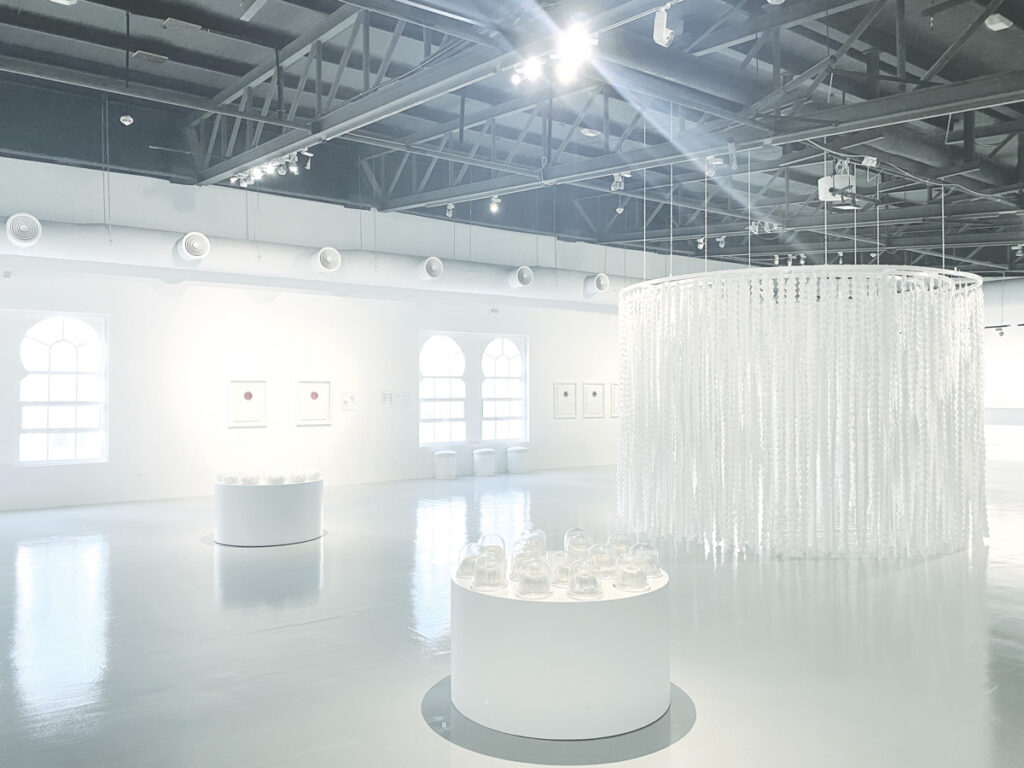
Dr. Noha Farran is the Founder & CEO of ‘Thinking Art’ Foundation’, Historian, Professor, Cultural Strategist, Researcher, Curator, Visual Artist & Chief Editor of Al Tashkeel magazine. Holding a Ph.D. with excellence in the 'Art & Science of Arts', an MFA in Fine Arts, and an MA in the philosophy of art, she has authored numerous published books and research papers documenting art in the Arab World.




